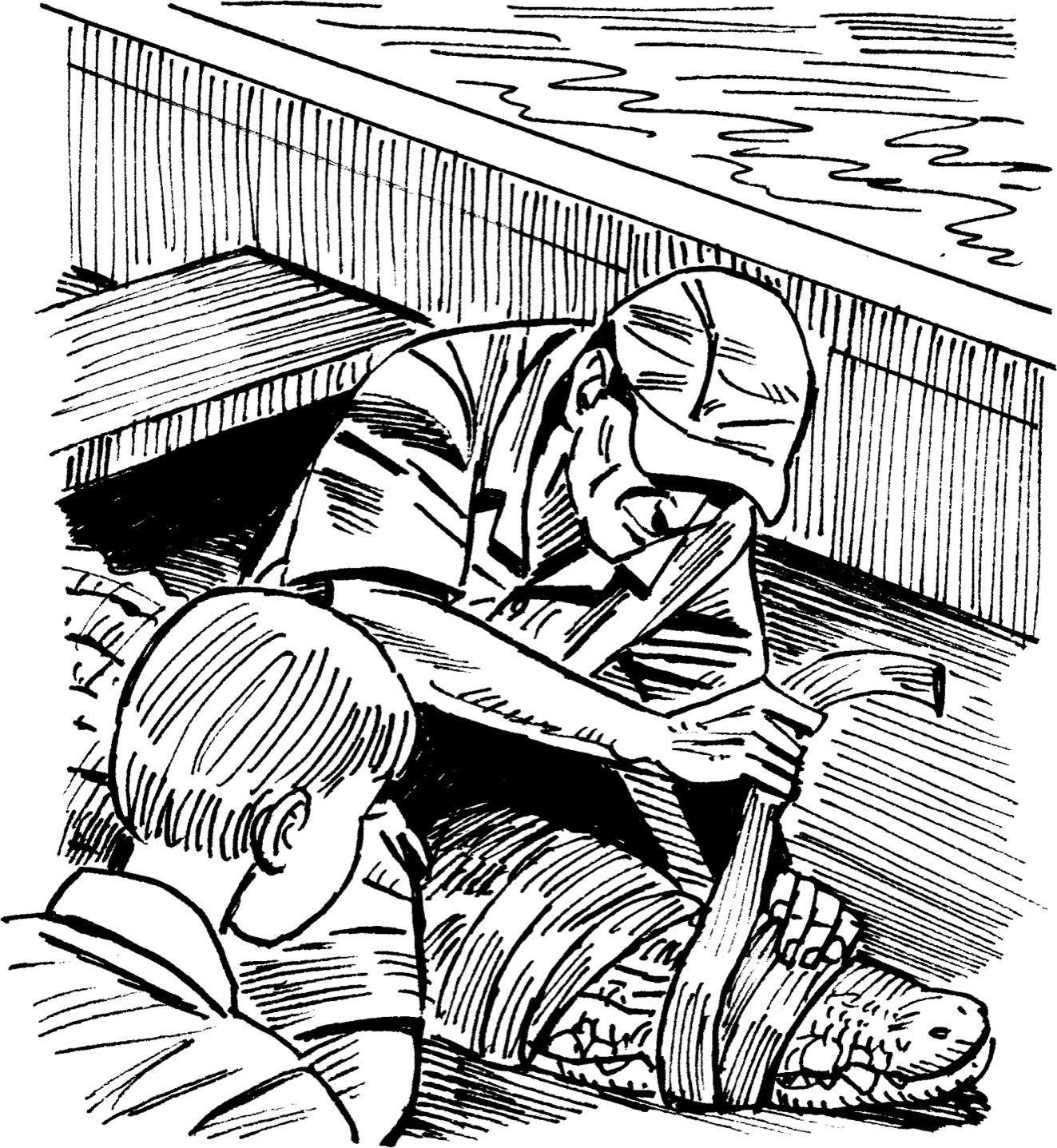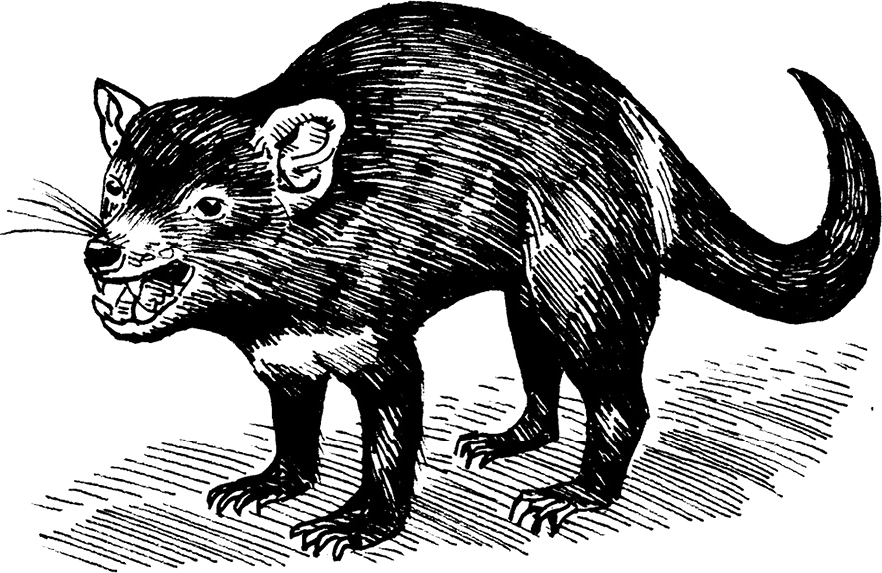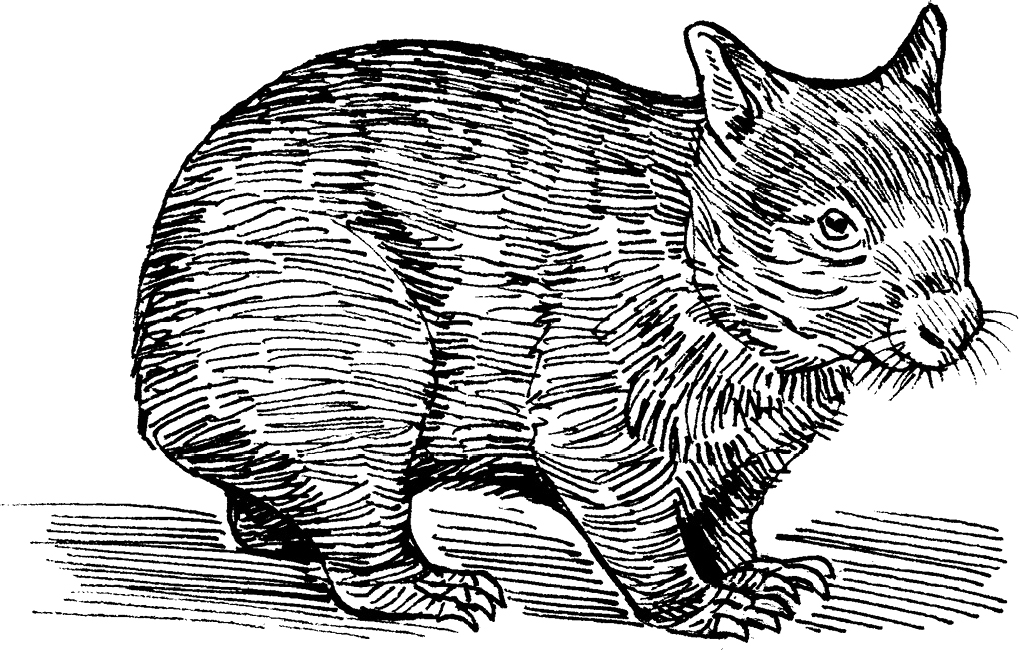Chapter 3
Catching Crocs
One day, when Steve was nine, Bob heard that land was being cleared to the north. Dams were being built. The fish and reptiles that lived in the river were disturbed by the explosions. The crocodiles were frightening the workers.
Bob knew there was a chance the crocs would be shot. He decided to head up the river and see what he could do.
Steve wanted to go. But there was this problem called school. Nevertheless, Steve had made up his mind. He was going with his father, and that was that! “If it looked like I wasn’t going to go on a field trip, I’d roll around on the ground and wave me arms in the air,” he said later.

Bob enjoyed having Steve with him. But he had a problem, too. Crocs can be dangerous. Especially saltwater crocs. Bob made a decision. Steve wasn’t going anywhere until they had a good long talk.
Saltwater crocodiles are known as killing machines. They will eat anything—horses, cows, wild pigs, and small, or overly excited boys who aren’t being careful. Freshwater crocs eat fish and insects most of the time. Freshies aren’t usually interested in humans, but they will bite when they’re upset.

A croc’s hearing is very sensitive. Loud noises, like explosions, bulldozers, and noisy boys, terrify them. Crocs don’t know when people are trying to save their lives. They’ll thrash and fight if someone tries to trap them.
Bob had always taught Steve to be calm and silent around crocs. But it was hard for Steve. He could barely sit still.
When Bob said he could come along, Steve jumped up and down and raced around the house.

Maybe Bob would let him catch a freshie and wrap it up. He’d watched his father do it enough times.
The next day, Bob and Steve packed up their truck and headed north toward the river. Steve begged to catch a croc. This time, Bob agreed.
Catching crocs is best done at night. When the river is dark, a croc’s eyes gleam bright, like a shiny red reflective road sign. Bob and Steve waited.
Finally, it was time. Steve climbed into the front of their dinghy. Bob sat in the back. Holding their flashlights, they drifted slowly through the murky water.

“There’s one,” Steve gasped. Bob and Steve peered into the water and studied the croc’s head. It was small. A small head meant Steve could catch it. The croc was probably no more than five feet long. Bigger than that was too dangerous for a nine-year-old.
The croc was definitely a freshie. I can catch this little beauty, Steve told Bob. He put his flashlight down and leaned over.
A moment later, Steve flew off the boat and scrambled onto the croc’s back. Its tail was thrashing. Even so, Steve managed to trap it between his legs and hang on tight.

The croc wasn’t as small as Steve had thought. This little beauty was as big as Steve. As the croc struggled to get free, Bob tossed his light aside and reached out. One arm grabbed Steve. The other snatched up the croc. They landed in the boat together, croc and boy. The blindfold and ropes came out. The jaws were secured.

Later, as they moved the croc to a safer part of the river, away from the explosions, Steve felt good. He had done it. He had captured his first crocodile. He had relocated it. It had been exciting and fun. The croc was safe now. People would not hurt it. On that day, Steve Irwin knew that no matter what happened, he was going to spend his life saving these amazing reptiles.


